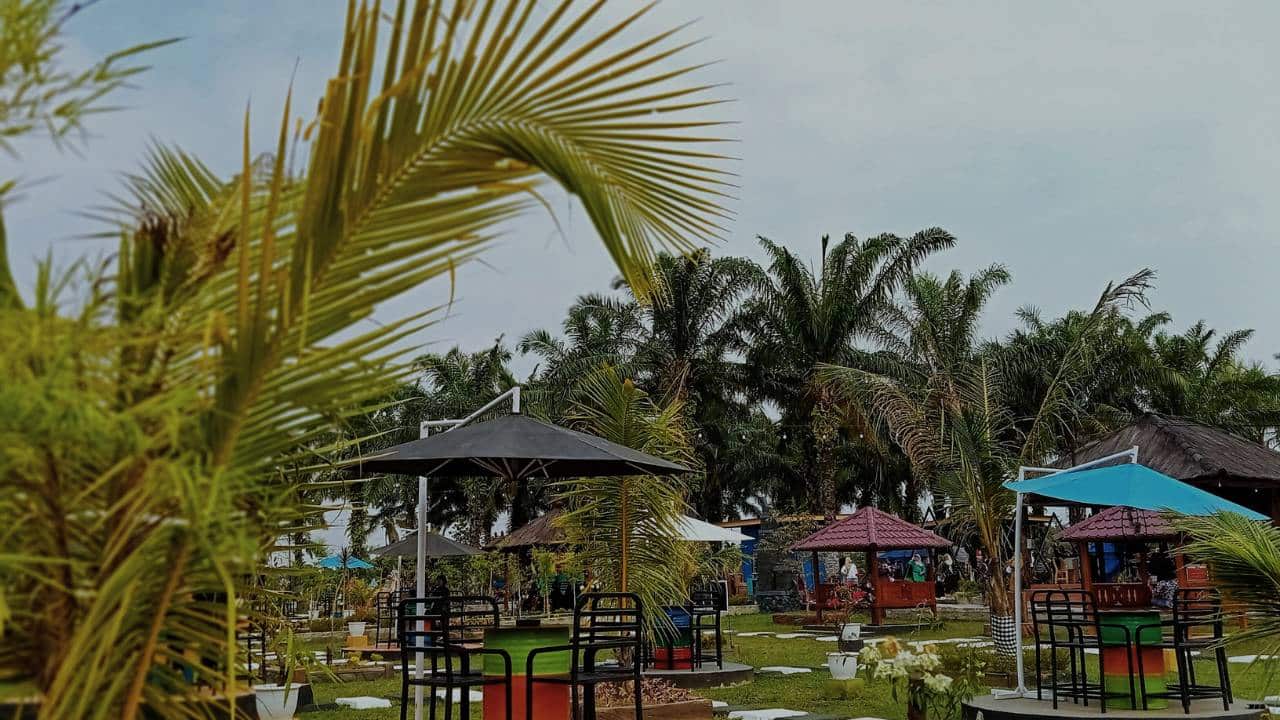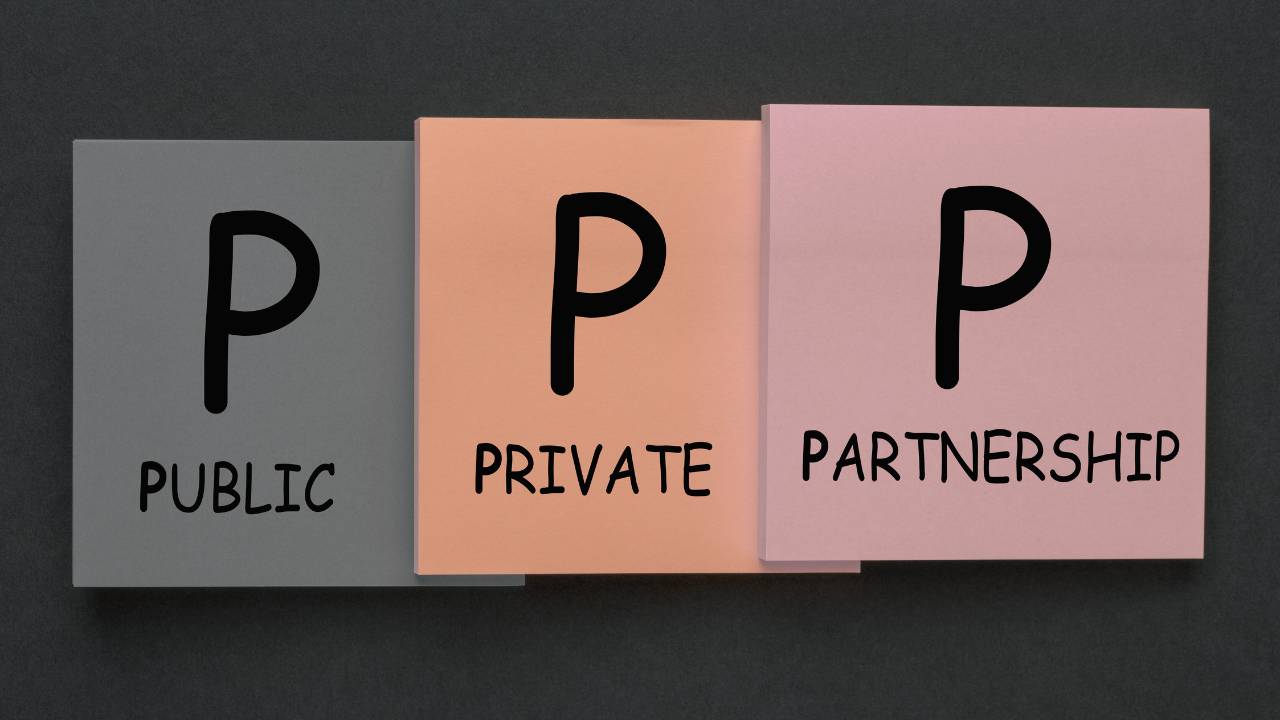In a country as diverse and dynamic as South Africa, public spaces play a powerful role in shaping how people interact, engage, and form a sense of belonging. Whether it’s a bustling community park in Soweto, a beachfront promenade in Durban, or a public square in Stellenbosch, these spaces can act as the social glue that binds neighbourhoods together.
Yet, not all public spaces are created equal. Poor design, a lack of maintenance, or limited access can quickly turn a public area into an underused or unsafe zone. So, how do we get it right? How do we plan and design public spaces that truly bring people together?
Let’s dig into the South African context and unpack the principles, challenges, and opportunities in creating public spaces that foster community connection.
🧭 Why Public Spaces Matter in South Africa
Public spaces are more than physical places—they are platforms for civic life. In post-apartheid South Africa, where spatial inequality remains entrenched, accessible and inclusive public spaces are critical for:
-
Social cohesion: Bringing together people of different backgrounds, cultures, and income levels.
-
Economic development: Supporting local vendors, informal traders, and tourism.
-
Mental well-being: Providing green areas for relaxation, exercise, and family time.
-
Safety and visibility: Vibrant spaces reduce crime by encouraging community oversight.
-
Cultural expression: Hosting music, art, festivals, and public discourse.
Town planning that prioritises these outcomes doesn’t just beautify neighbourhoods—it heals divides, fosters pride, and builds stronger, more connected communities.
🛠️ Key Elements of Community-Driven Public Space Design
1. Accessibility
A great public space is easy for everyone to access, regardless of age, ability, or income.
-
Located near transport nodes
-
Connected via walkable pathways and cycle lanes
-
Safe crossings and entrances
-
Affordable to use (ideally free)
In the South African context: This means ensuring spaces in previously underserved townships and rural areas get equal investment and design consideration.
2. Inclusivity
Inclusive spaces are designed for people of all backgrounds—across race, gender, culture, and income brackets.

-
Multi-generational seating and play areas
-
Gender-sensitive lighting and layout
-
Events or facilities that reflect local heritage and culture
Example: The Company’s Garden in Cape Town integrates indigenous plants, historical narratives, and art installations that celebrate both colonial and African heritage.
3. Safety and Visibility
Public spaces must feel safe—not just be safe. Good design reduces fear and discourages crime.

-
Lighting, clear sightlines, and open visibility
-
Active edges (cafés, shops, activity zones)
-
Regular foot traffic
-
Community policing or oversight
In townships like Khayelitsha, community-led safety patrols are paired with smart urban design to reclaim spaces once avoided at night.
4. Flexibility and Multi-Use Design
Great public spaces serve multiple purposes throughout the day and across seasons.

-
From morning joggers to weekend markets
-
Temporary stages, open lawns, mobile libraries
-
Areas that support events, sports, and informal trade
Durban’s People’s Park near Moses Mabhida Stadium is a prime example, catering to families, joggers, street performers, and concert-goers alike.
5. Community Participation
No one knows what a community needs better than the people who live there. From the start, involving them results in a space they value and maintain.
Effective methods include:
-
Community mapping workshops
-
Public design charrettes
-
Online surveys or SMS feedback loops
-
Partnerships with local NGOs and schools
Projects like the Johannesburg Inner City Partnership (JICP) have used these approaches to revitalise neglected spaces into active urban hotspots.
🌍 Adapting to South African Realities: Challenges & Solutions
South Africa has unique urban planning challenges—but also incredible opportunities for innovation.
🛑 Challenge 1: Spatial Inequality
Decades of apartheid planning left townships disconnected from economic hubs and quality infrastructure.
✅ Solution: Integrate public spaces into broader planning frameworks like the Integrated Development Plan (IDP) and Municipal Spatial Development Frameworks (SDFs), ensuring equitable distribution of parks, libraries, and recreational zones.
🛑 Challenge 2: Maintenance and Vandalism
Poor maintenance can make spaces unsafe or unwelcoming over time.
✅ Solution: Design for durability and promote local ownership. Municipalities should partner with community forums for co-maintenance agreements, involving youth groups in stewardship programmes.
🛑 Challenge 3: Budget Constraints
Municipal funds are limited, especially in smaller towns and rural areas.
✅ Solution: Seek Public-Private Partnerships (PPPs) and donor funding for co-financing. Use low-cost, high-impact interventions—like tree planting, mobile park furniture, or community murals.
✨ Success Stories in South Africa
📍 1. Vuyani Mabaxa Park, Orange Farm
Co-designed with local youth, this once-abandoned field now hosts:
-
Netball and soccer facilities
-
An amphitheatre for storytelling
-
Solar-powered lighting
-
Local art installations
Result? A dramatic drop in local crime and a rise in youth engagement.
📍 2. Tshwane’s Re Yeng Station Precincts
These BRT (bus rapid transit) zones are being turned into community hubs with:
-
Open seating areas
-
Wi-Fi hotspots
-
Traders’ stalls
-
Street performances
This not only activates public space but integrates transport and economic opportunity.
📍 3. The Grand Parade, Cape Town
As a historical and political site, the Parade is used for:
-
Daily informal trade
-
Political rallies
-
Music festivals
-
Cultural heritage tours
Maintaining this balance between function, freedom, and form is key to its success.
💡 Future Trends in Public Space Planning
🌱 1. Green Infrastructure Integration
Think rain gardens, permeable pavements, urban agriculture, and indigenous planting—all help combat climate stress while inviting community interaction.
📲 2. Digital and Smart Spaces
Free Wi-Fi, solar charging benches, and digital notice boards can make public spaces relevant in the 4IR era—particularly for youth.
🛶 3. Riverfront and Wetland Restoration
Many towns are reconnecting with their natural assets by rehabilitating rivers, vleis, and wetlands into active public spaces.
🧑🤝🧑 4. Intergenerational Design
Parks that cater to toddlers, teens, parents, and the elderly are seeing more year-round use and community bonding.
👷♀️ The Role of Town Planners
Town planners, like the professionals at Mimiti, play a pivotal role in:
-
Conducting needs assessments
-
Mediating community inputs
-
Coordinating across municipal departments
-
Ensuring compliance with local and national planning policies
-
Turning community visions into implementable plans
With our diverse experience across urban design, landscaping, civil engineering, and town planning in South Africa, we’re uniquely positioned to design public spaces that people love and protect.
✅ FAQs: Public Space Planning in SA
Q: Who funds public space projects in South Africa?
A: Municipalities are the primary funders, but partnerships with developers, NGOs, and donors are common for large-scale or flagship projects.
Q: Can informal areas have quality public spaces?
Absolutely. Low-cost design, community partnerships, and donor support can transform informal areas with major social impact.
Q: What policies guide public space planning?
Key frameworks include SPLUMA (Spatial Planning and Land Use Management Act), local SDFs, the National Development Plan, and the IDP.
🔚 Let’s Build Spaces That Bring Us Together
In South Africa, public spaces hold the power to transcend divides, honour our shared histories, and shape inclusive futures. When thoughtfully designed, they become stages where communities connect, celebrate, and care.
Whether you’re a developer, municipal official, or community activist—prioritising public space design is one of the best investments you can make in social infrastructure.
👋 Work With Mimiti
At Mimiti, our town planning team combines data, design, and community input to shape inclusive, functional, and future-proof public spaces.
Need help turning a vacant lot into a vibrant community space? Let’s create something special, together.
📞 Contact us today — and let’s start building spaces that bring people closer.




0 Comments